It is perhaps difficult to believe that behind this formal chateau (above) is a sunken garden that in its simplicity provides the lessons for creating your own version. But indeed it is so, and right here in the heart of Newport. The grounds of the Elms are one of the great landscapes of the Gilded Age, designed in the Classic Revival style of gardens of the Italian Renaissance and eighteenth century France.
Taking over 14 years to create, the centerpiece of the property is the sunken garden. Fortuitously, the chateau and its elegant pavilions, fountains and statuary were purchased by the Preservation Society of Newport County in 1961, saving them from the wrecking ball. In 1997, the restoration of the sunken garden was begun and underwritten through the proceeds of the Newport Flower Show.
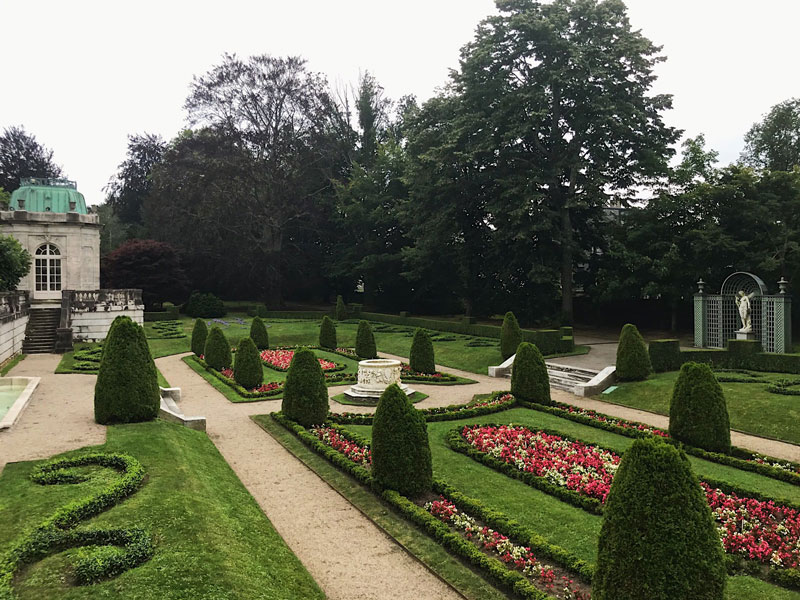
Taking a lesson from the noted French landscape designer, Jacques Greber, who advised on the garden’s design back in 1914, here are 8 points to consider when undertaking this elegant and interesting garden concept.
If necessary, create a rise to provide a “sunken” area within your property. At the Elms in 1907, the back sloping lawn was raised and leveled to create a drop off at the end; steps then led down from the garden pavilion-decorated terrace to the new garden.
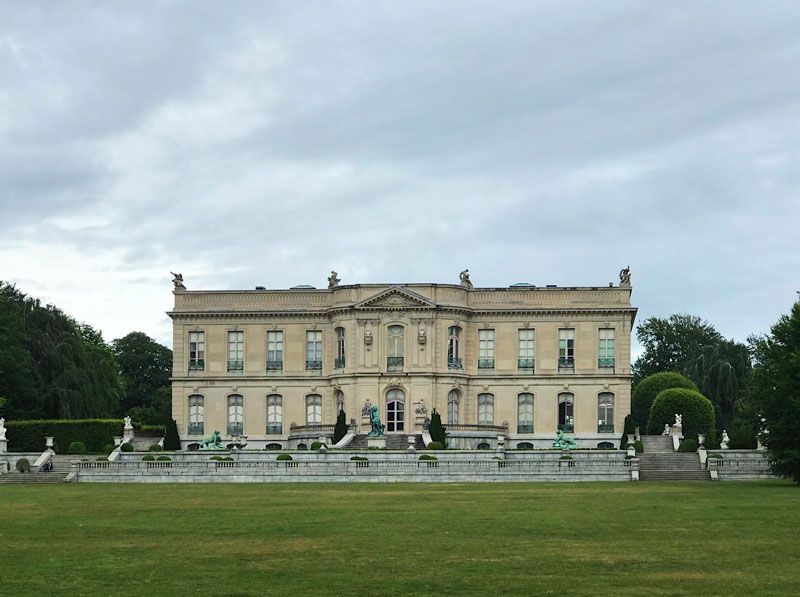

A sunken garden lends itself well to any given space so it can be easily added to an existing landscape (the Elms’ is a generous rectangle).
Take advantage of looking down on a space; this presents a valuable and very different perspective than being on ground level with a garden.
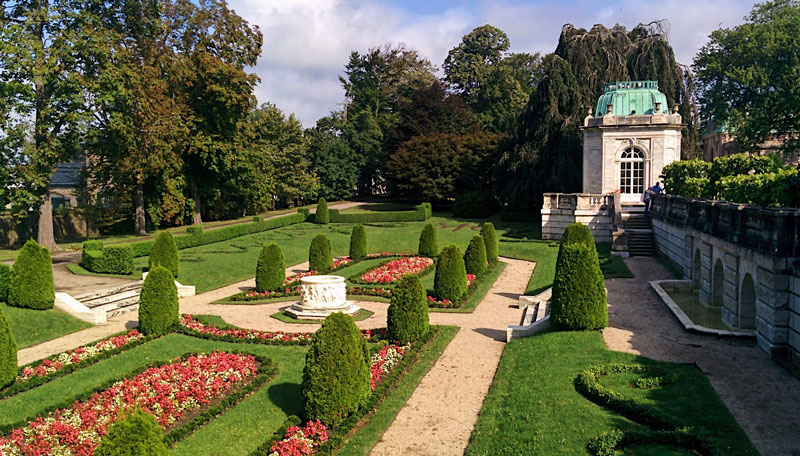
It need not be elaborate to be appealing and effective. The Elms is deceivingly sophisticated because of its very simple design.
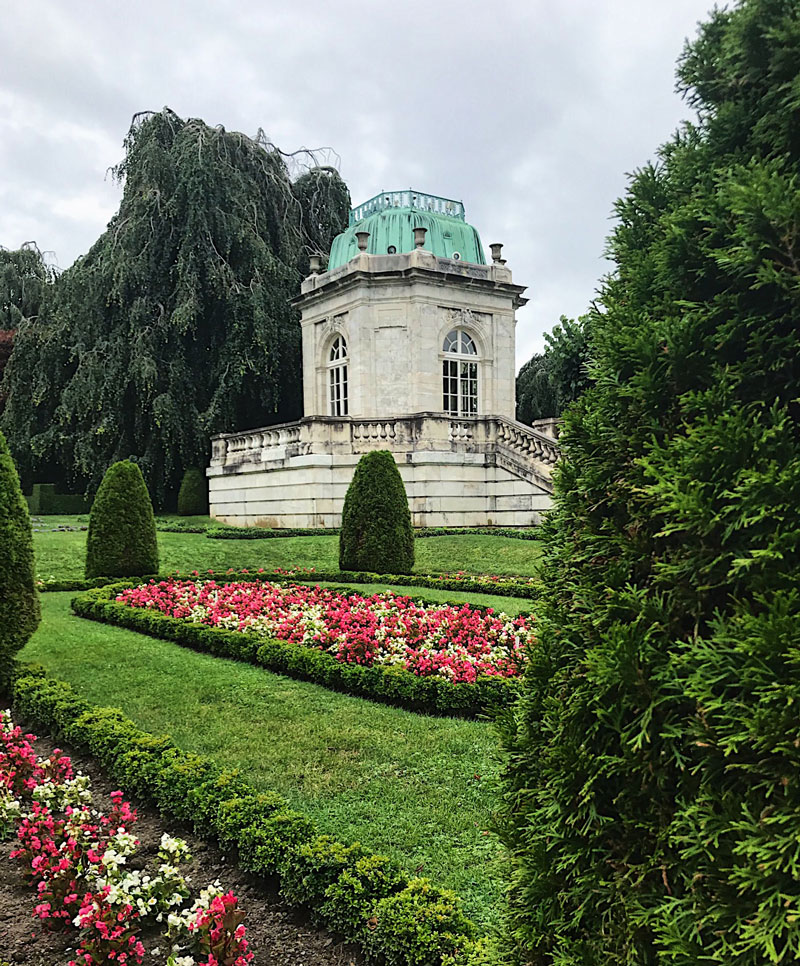
Designed properly, a sunken garden can be low maintenance. Even in its day (during the Gilded Age), the Elms was a refined and limited planting scheme. The designers took advantage of evergreens like clipped arborvitae and boxwood borders to create structure and symmetry.
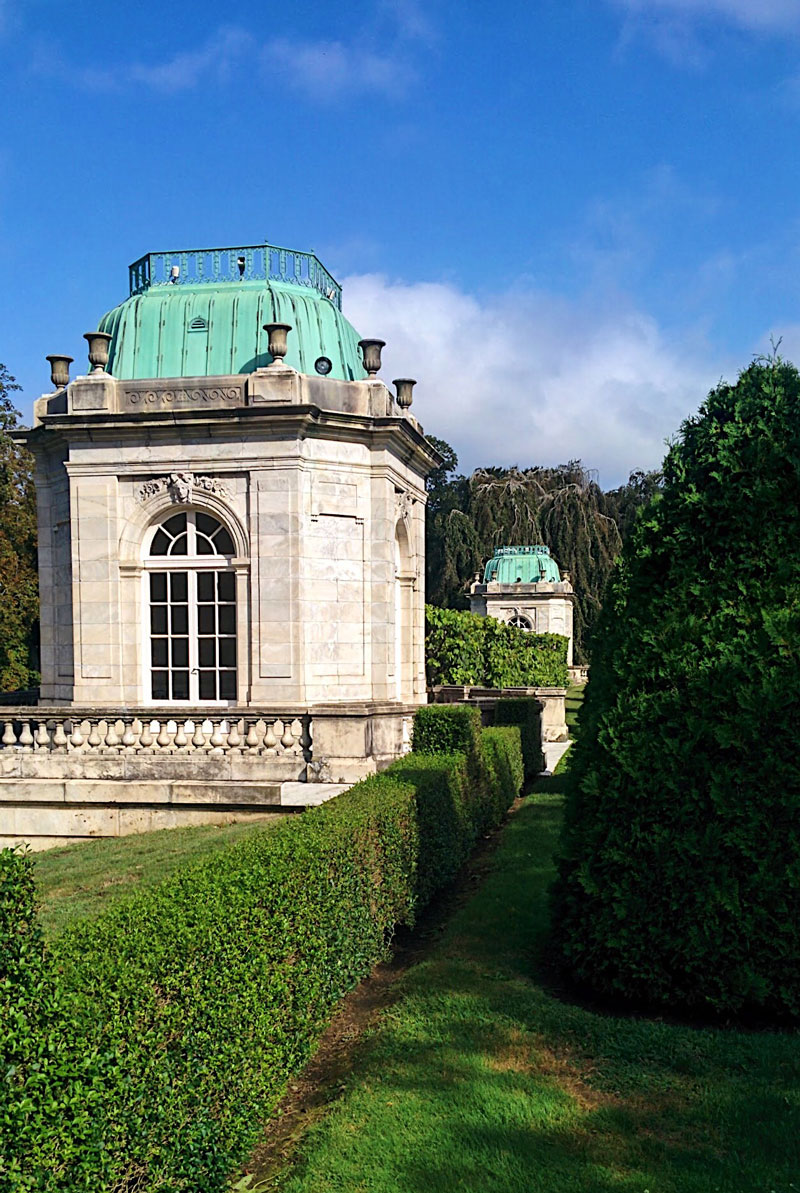
Even artistically detailed groundcover (like evergreen euonymous, shown in the scrolls below) was low maintenance.

Trees offer important design additions. There are 7 Japanese maples comprising the informal crescents at either end of the parterre beds — with grand beech trees as larger backdrops.
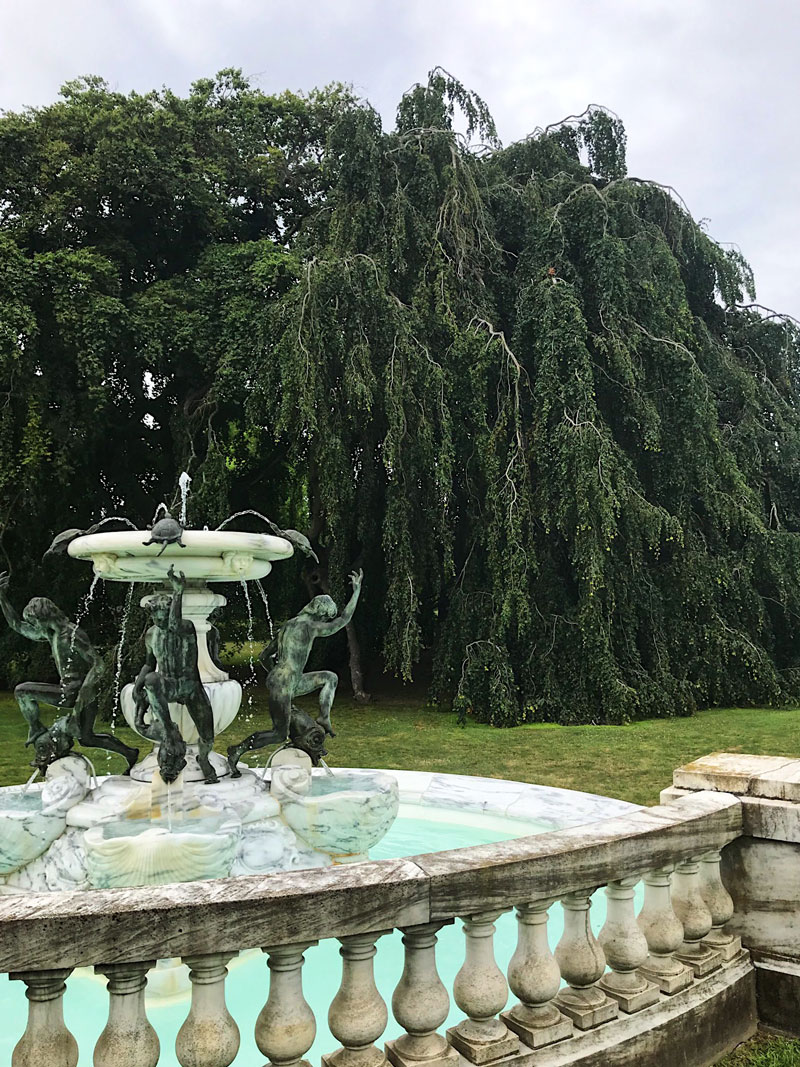
Lawn, that great American favorite, is not only part of the “palette” of this garden but can be used to great advantage in keeping maintenance down.
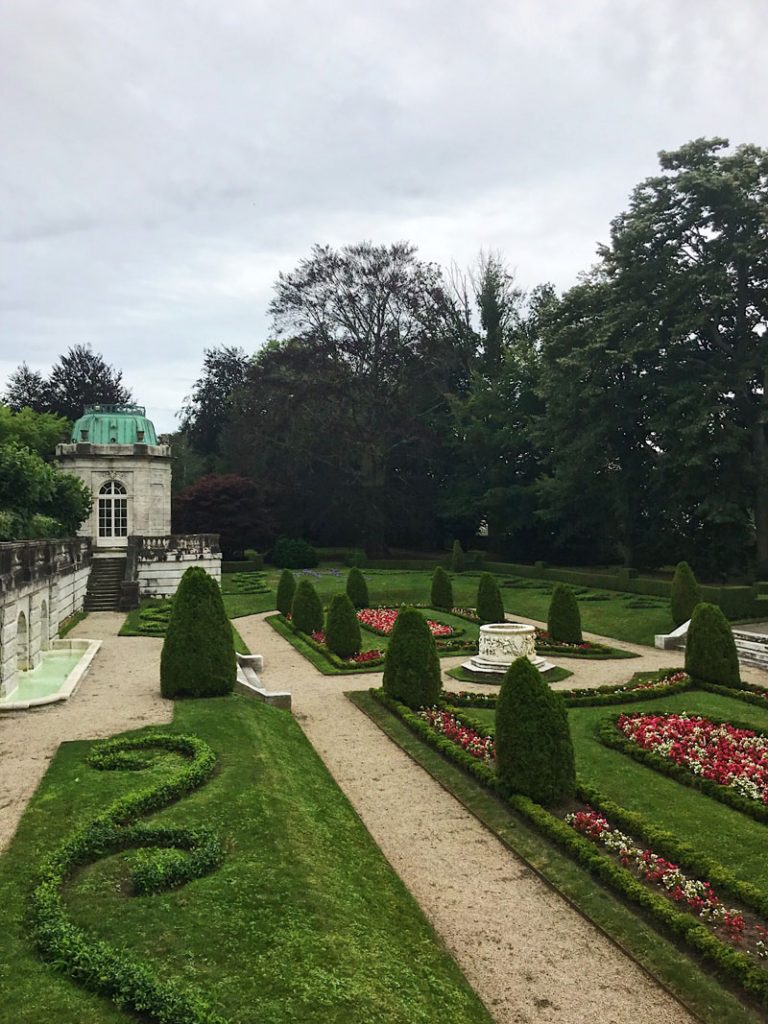
If you have enjoyed these lessons in creating your own sunken garden concept, I’m sure you will want to see other areas of the Elms famed grounds, (Newport’s Magical 18th Century Garden).
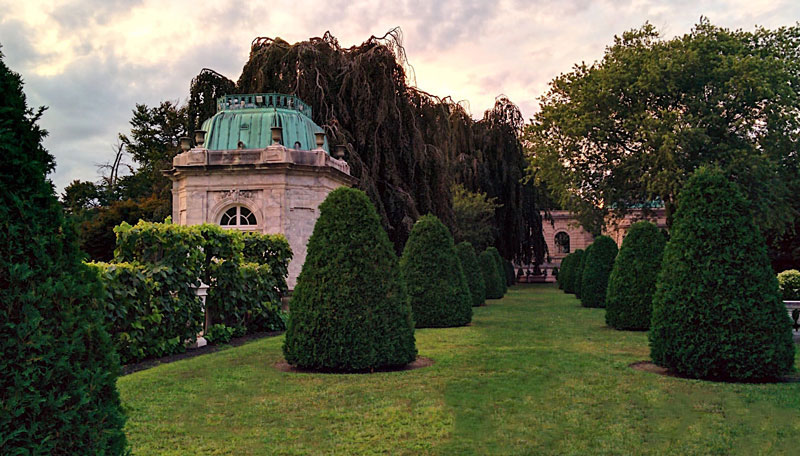



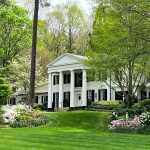

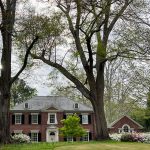

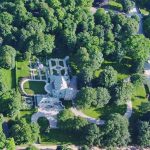
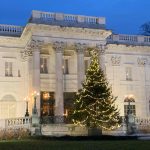
What are the buildings/structures at the end of the garden at the Elms? What are they called and what are they used for?
Thank you, Ellen Rankin
eorankin@gmail.com
At the northern end of the back terrace is the original “garage” and carriage house.
Or you may be referring to the pair of limestone formal pavilions that were merely decorative and which are shown in 2 or 3 of the images.
Thank you for once again. Educational and Inspiring.
Edward T King